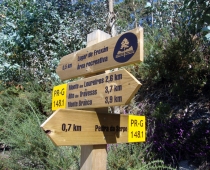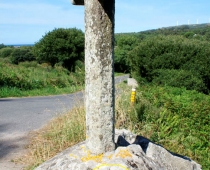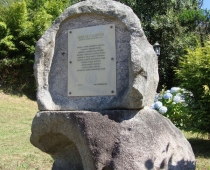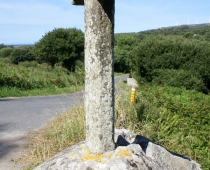


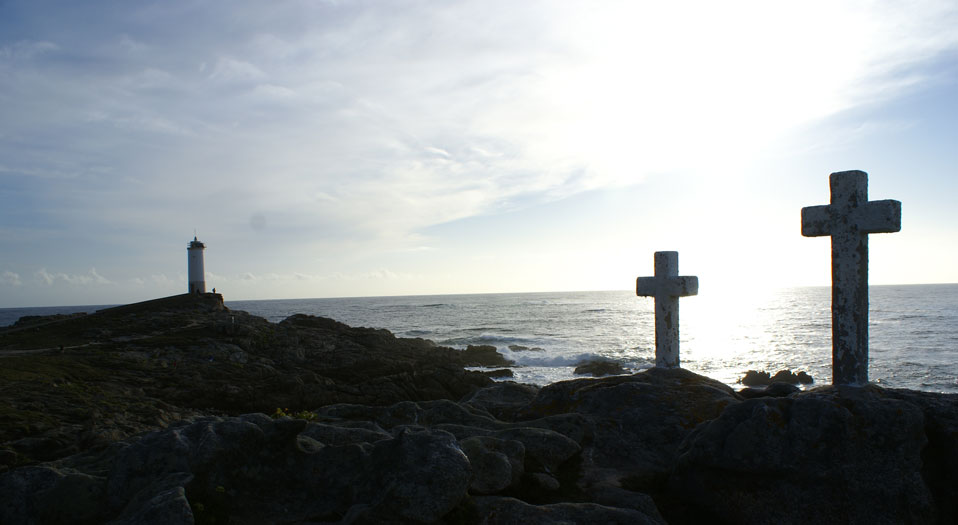
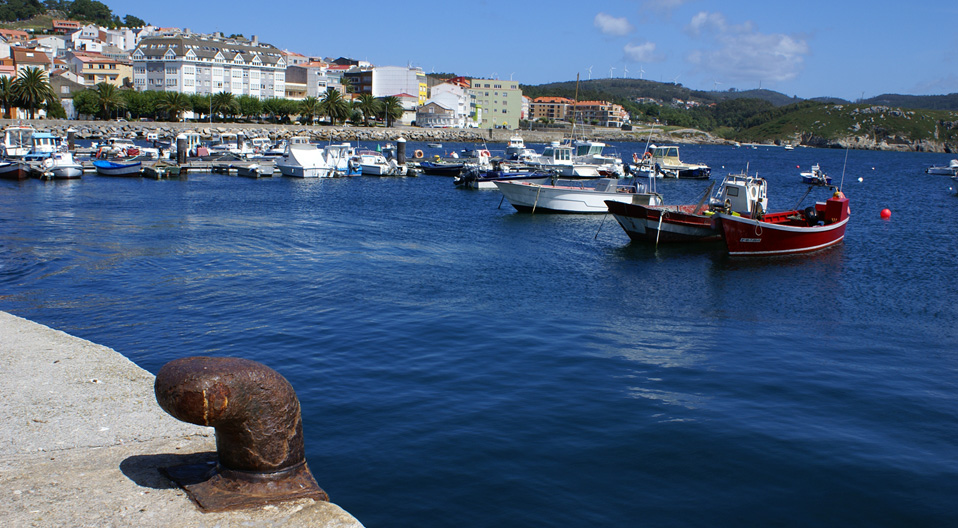

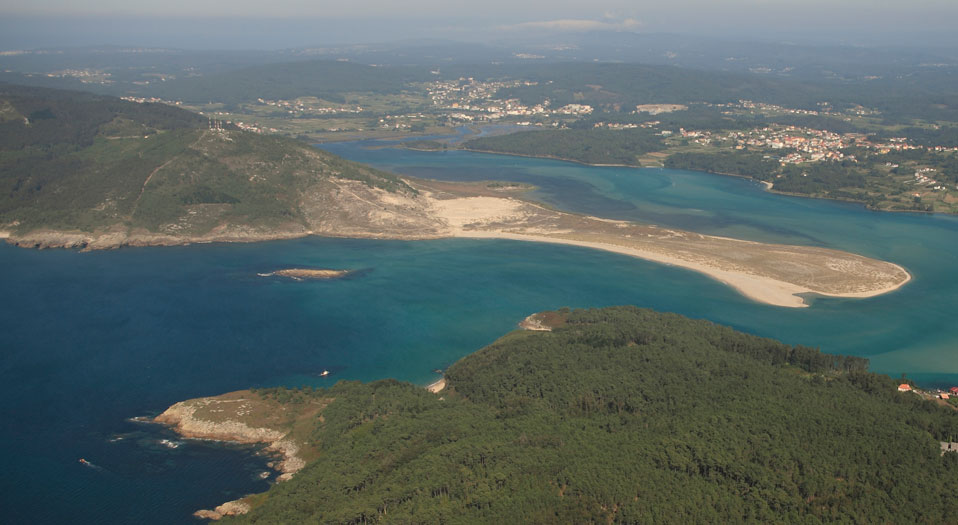



Pedra da Serpe and Froxán village
A winged serpent
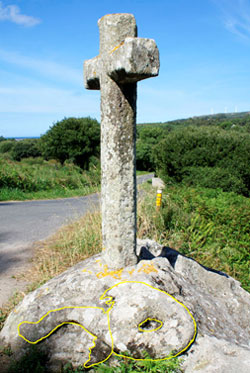
After passing through Balarés and the summit of Mount A Facha, the Camiño da Ribeira hiking trail (PR-G 148) leads us to the village of Gondomil and right to the foot of the Pedra da Serpe (Serpent Stone) before heading to the A Ermida beach.
The Pedra da Serpe is a unique monument of great importance of unknown origin and uncertain date. This is a granite rock on which the relief of a winged serpent – something unique in the Western world – can be seen. Over it stands a cross that was made recently, as the previous one had been demolished. The existence of this monument was documented by the archaeologist B. Silvelo in his book "Antigüedades de Galicia" (Antiques of Galicia) (1875).
Regardless of whatever the figure symbolises, the Pedra da Serpe is surrounded by myths and legends. One of them links it with Saint Hadrian, patron saint of this area. It is said that it was he who freed the place from an invasion of these reptiles by stomping one of his feet on the ground, which left the snakes enchanted under the rock. It is also said that on the nearby A Ermida beach, one can still see scattered in the sand the stumps of the trees from the old, rich town of Valverde, which was also burned by the Romans to ward off these creatures.
The musicians of Froxán

Music is tied to this little settlement of houses. A memorial plaque is dedicated to the 18 musicians who lived, learnt and taught here, and who carried the music with them round these parts and beyond, not to mention entertaining their neighbours.
The village of Froxán – so linked to music – also lent its name to another Celtic hero created in the poet Eduardo Pondal's body of myths and, up to the eighteenth century, was home to the church of Santo Hadrián de Corme, or Santo Hadrián Vello.

